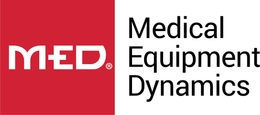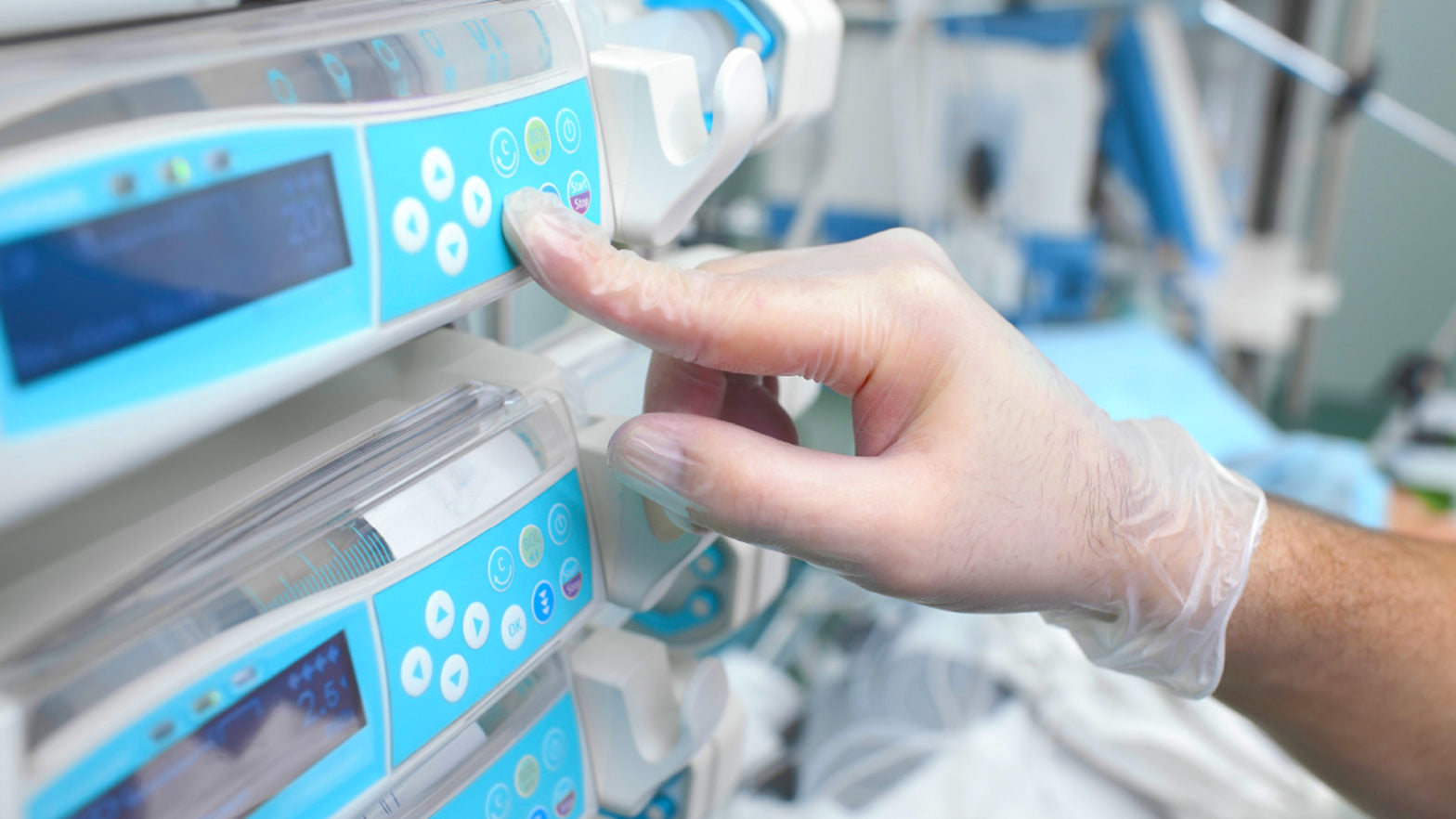Infusion pumps are medical devices used to administer fluids, medication, or nutrients into a patient’s circulatory system in controlled amounts. Essentially, infusion pumps are composed of a user interface that controls an electrochemical pumping mechanism that pushes fluid from a container through a flexible tube into a patient’s catheter. They are generally used intravenously, although arterial, epidural, subcutaneous, and intrathecal methods can also be employed.
Infusion pumps are widely used in clinical settings such as hospitals, nursing homes, emergency medical service vehicles, and in private residences. These devices allow for more accurate and reliable delivery of fluids compared to manually adjusted sets. For example, you can program an infusion pump to deliver as little as 0.1 mL per hour, injections every minute, fluids with varying volumes depending on the time of day, or patient-controlled administrations with a limited number of doses per hour. They are widely used in applications such as anesthesia or sedation, chemotherapy, administration of IV cardiovascular drugs, and pain management.
Even though very little has changed in the mechanical components of infusion pumps in recent years, the technology itself has evolved quite a bit. The advances in computing power and studies in medication safety have helped improve the way infusion pumps are designed, purchased, and used.
Types of Infusion Pumps
There are four main types of infusion pumps. Each is designed to carry out a different specialized purpose.



 Safety Features
Safety Features
As infusion pumps are often used to deliver critical fluids, a failure in the system can have an adverse effect on the patient. In case of a problem, many infusion pumps have safety features, such as alarms or other operator alerts. For example, a user may be alerted when the settings are outside the specified safety limits, when air or another blockage is detected in the system, or when there is a risk of an adverse drug interaction.
Infusion pumps are commonly controlled by an embedded system. Modern infusion pumps are certified to have no single point of failure. That is, no single cause of failure should cause the device to silently fail to operate properly. It should at least stop pumping and at least sound an alarm.
Several safety features have been developed to make infusion pumps safer. For example, most models have back-up batteries for continuous operation in case of a power failure, some can automatically log therapy events and prevent tampering with the data recorded, and a programmable drug library.
Infusion pumps are complicated devices, and it can be a challenge to choose the right one that suits your needs. At MED.equipment, we are dedicated to providing you with the best possible experience when making your medical equipment purchases. We offer a wide range of infusion pumps; you can browse the wide variety of infusion pumps we offer at MED.equipment

